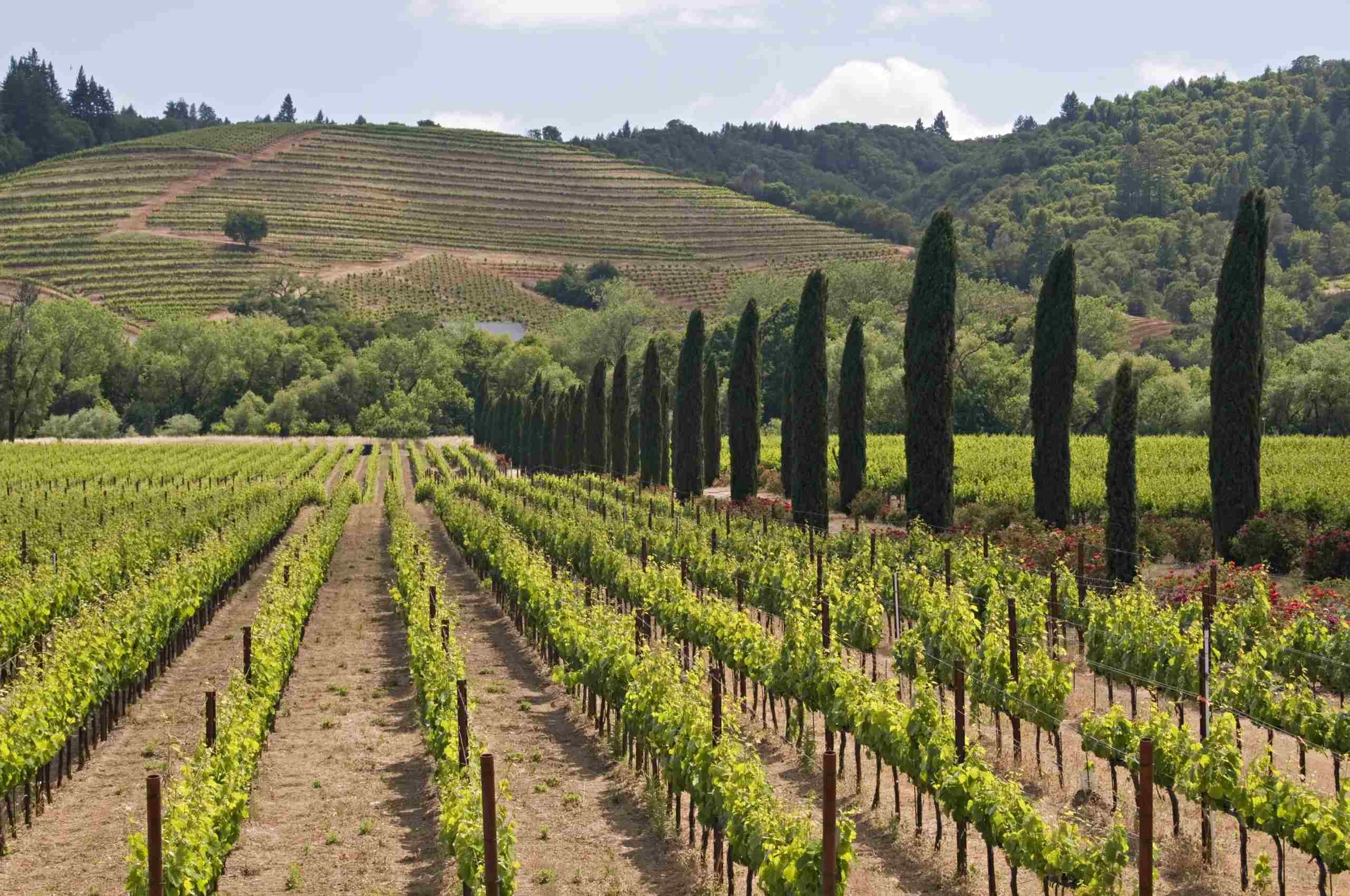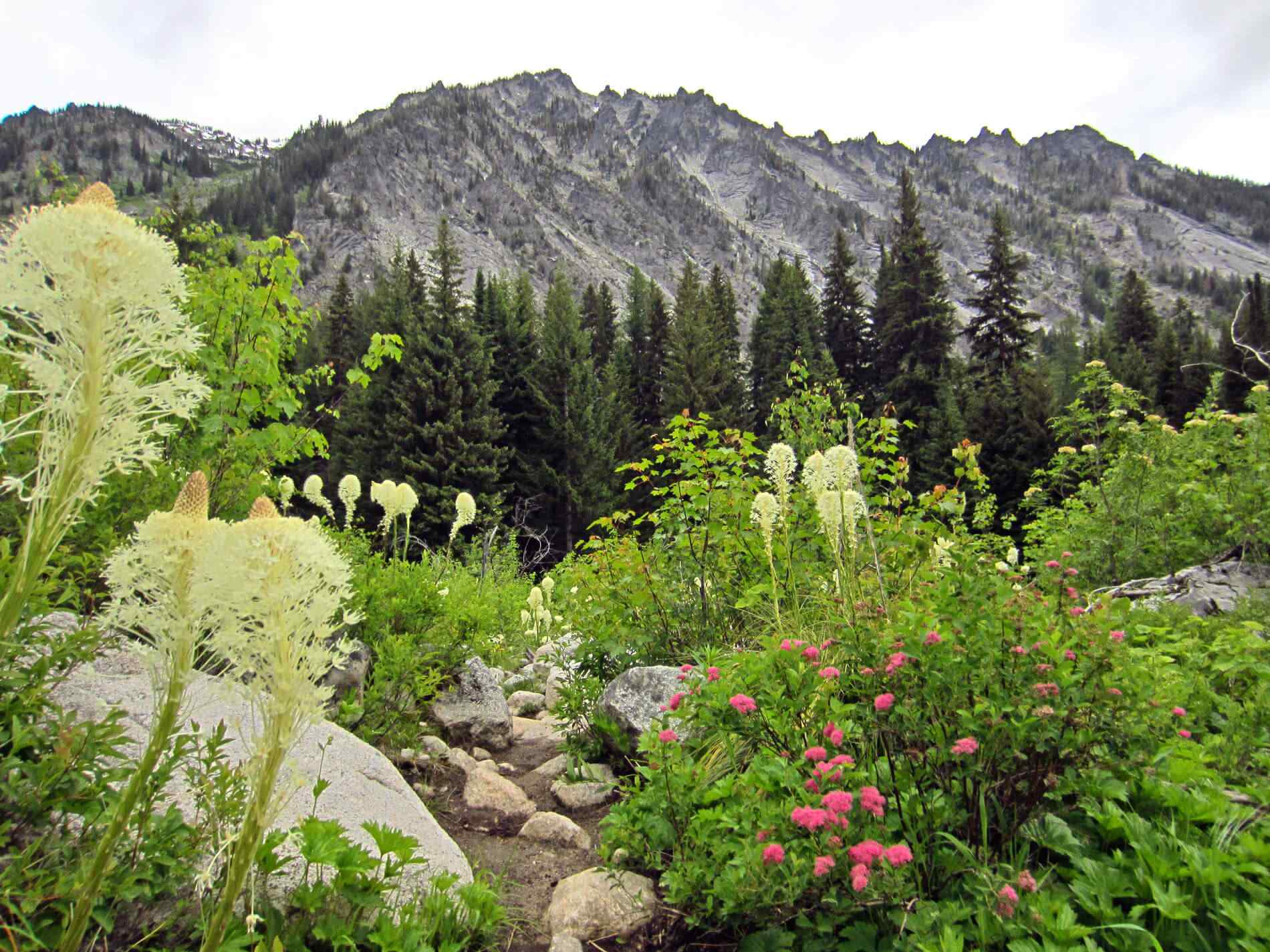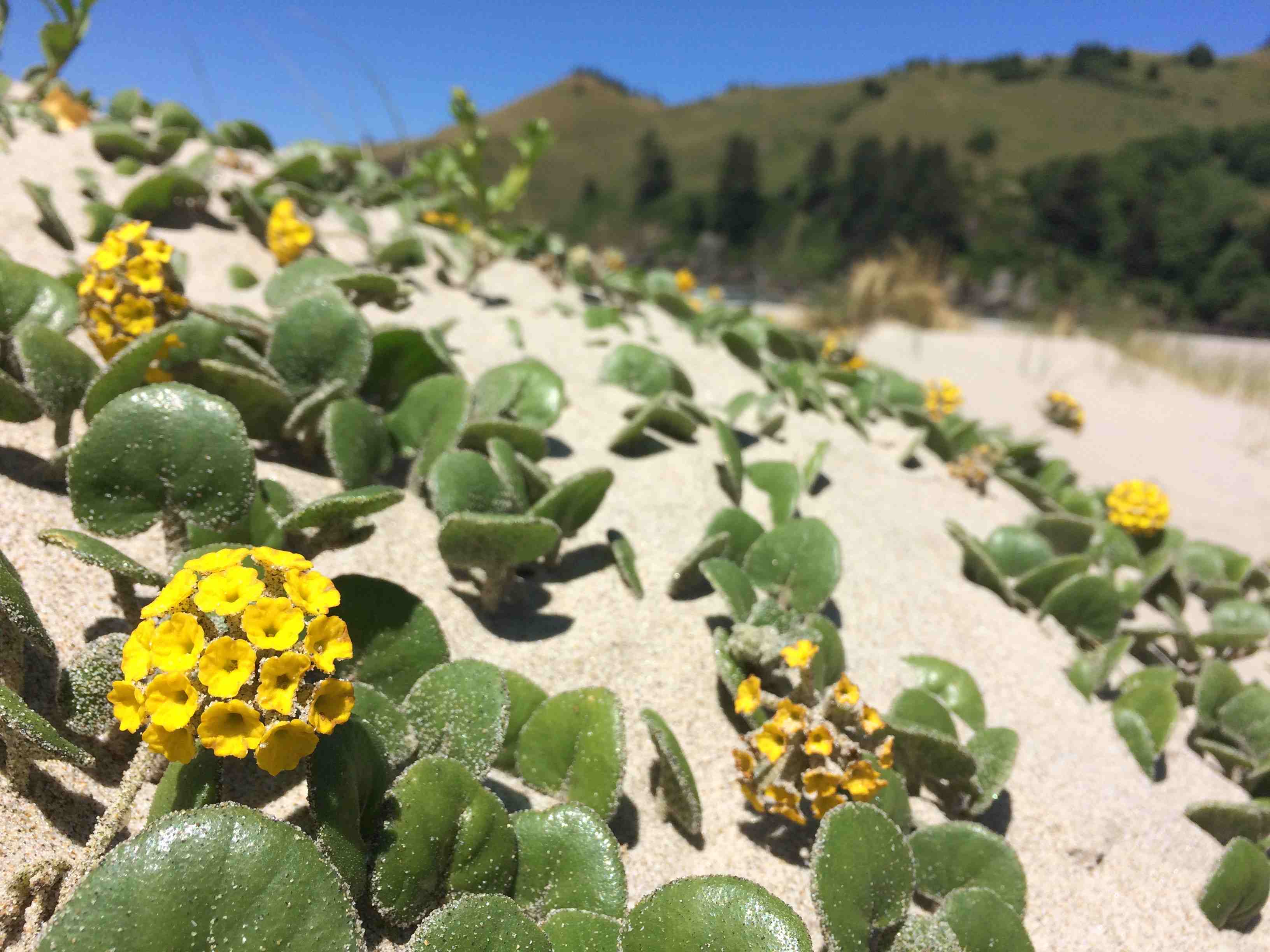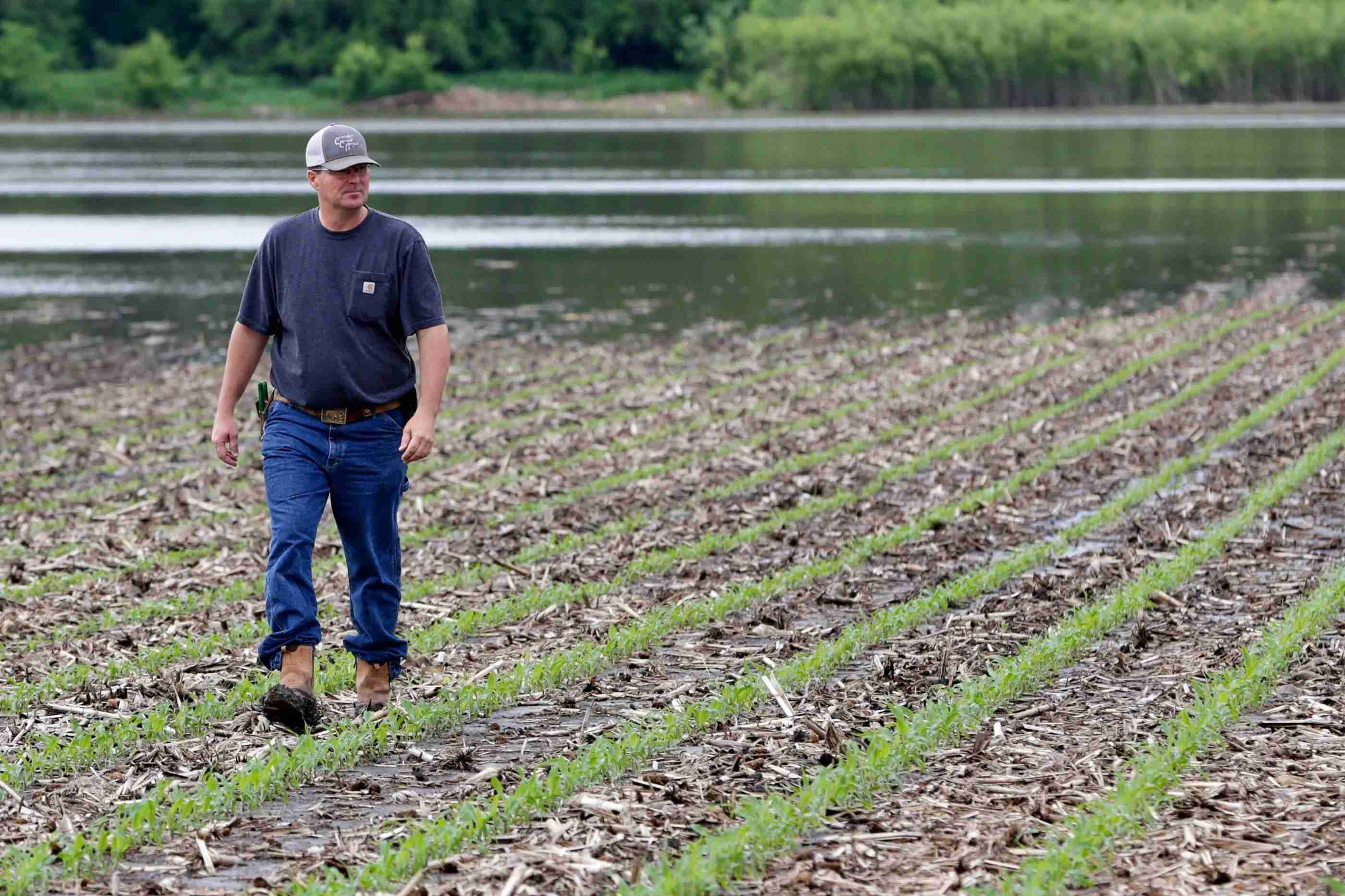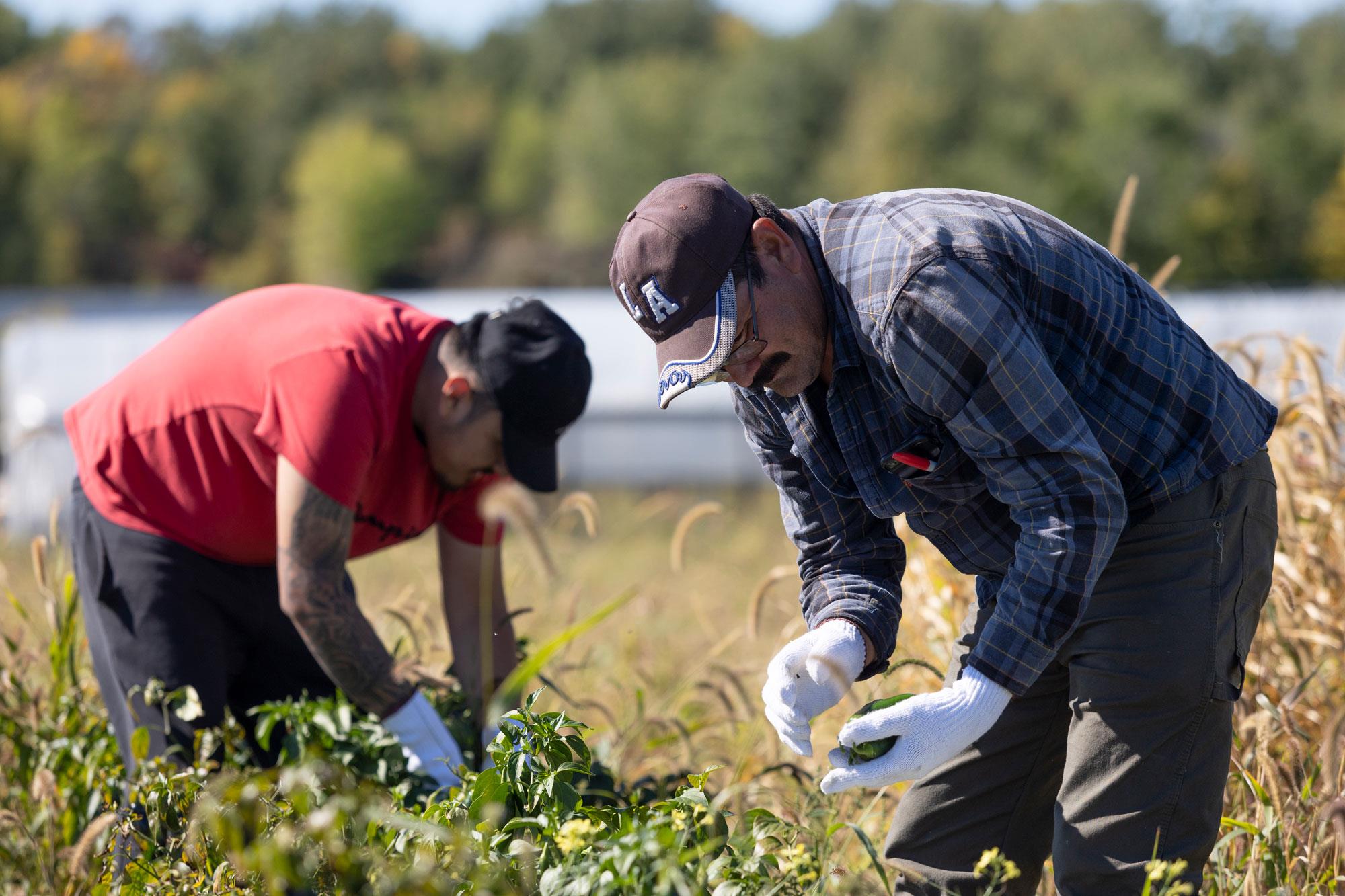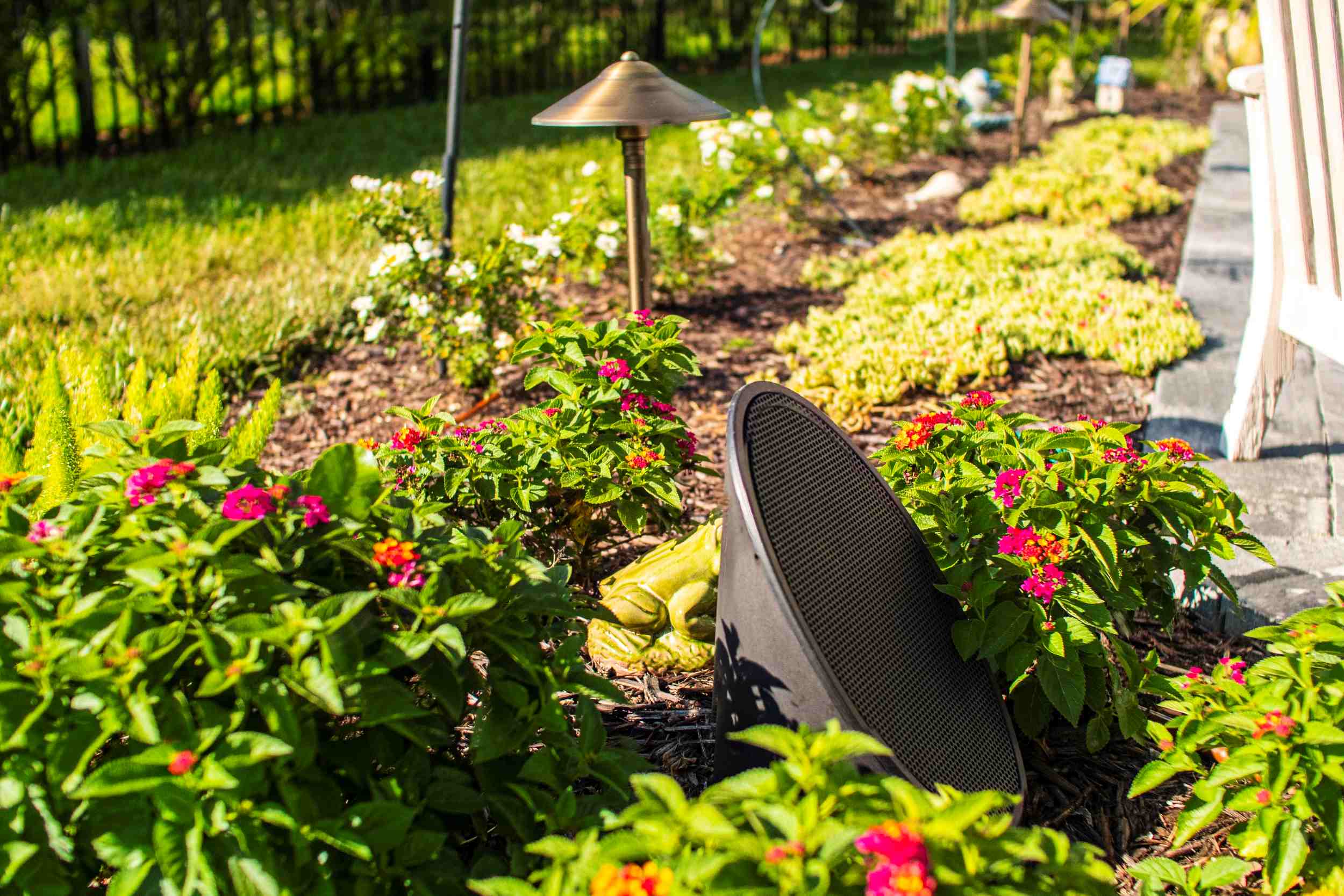Home>Gardening Basics>Understanding Soil>What Planting Zone Is Pittsburgh, PA
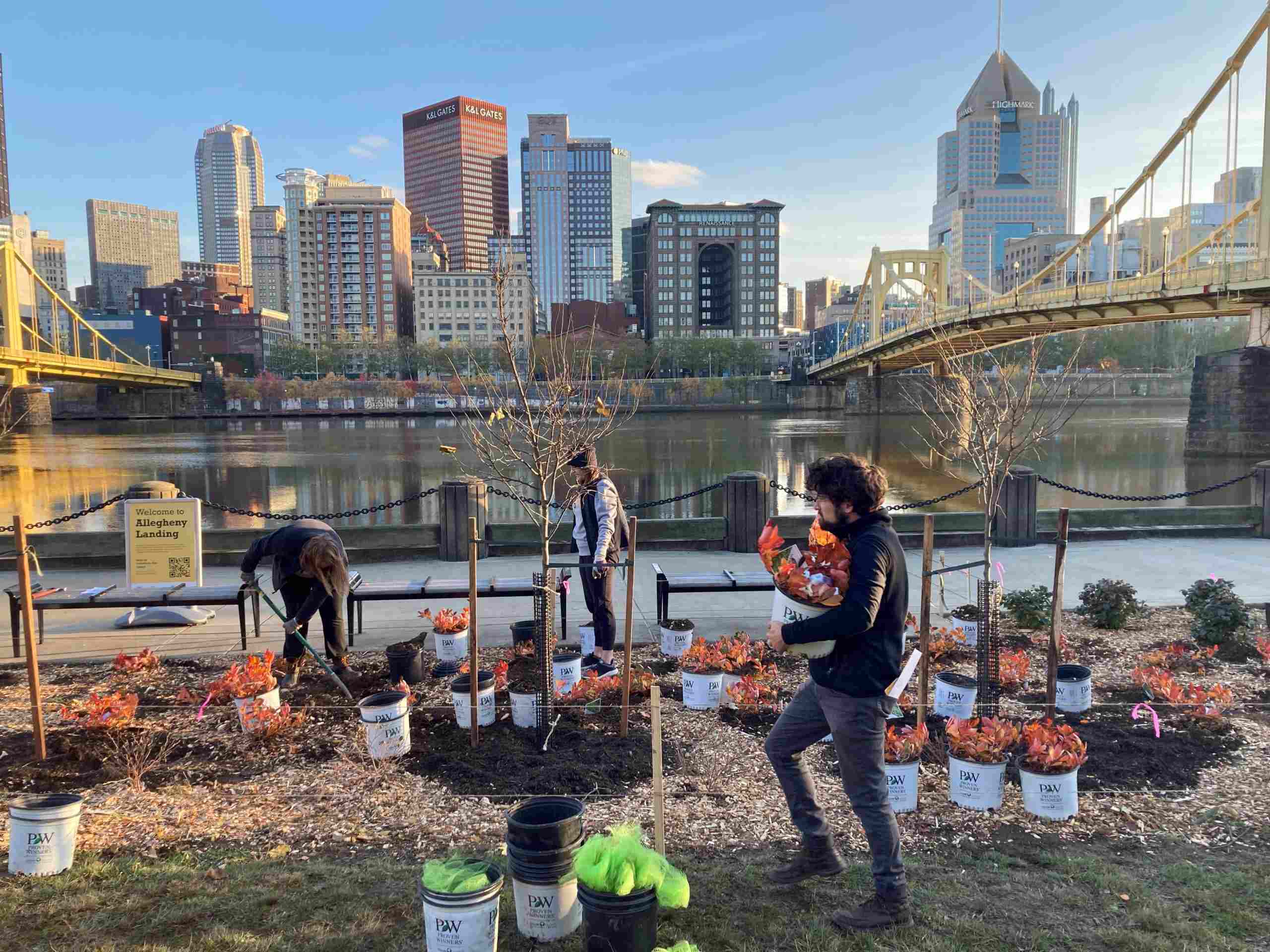

Understanding Soil
What Planting Zone Is Pittsburgh, PA
Modified: January 22, 2024
Learn the ideal soil conditions for gardening in Pittsburgh, PA. Gain a better understanding of planting zones and how to optimize your soil for successful gardening.
(Many of the links in this article redirect to a specific reviewed product. Your purchase of these products through affiliate links helps to generate commission for Chicagolandgardening.com, at no extra cost. Learn more)
Table of Contents
Introduction
When it comes to gardening and landscaping, one of the most important factors to consider is the planting zone of the area you are working with. The planting zone provides valuable information about the area’s climate and helps determine which plants will thrive in that specific region. In the case of Pittsburgh, Pennsylvania, understanding the planting zone is crucial for successful gardening and optimal plant growth.
Planting zones, also known as hardiness zones, are geographical areas that are classified based on their average annual minimum temperature. These zones are determined by the United States Department of Agriculture (USDA) and serve as a guide for gardeners and horticulturists across the country. By knowing the planting zone of a particular location, gardeners can select plants that are suited to the local climate and are more likely to survive and thrive.
The USDA has developed a Plant Hardiness Zone Map, which is the standard reference for determining the planting zones across the United States. This map divides the country into different zones, each represented by a numerical value and a letter designation. The numerical values range from 1 (coldest) to 13 (warmest), while the letter designations range from “a” (colder) to “e” (warmer).
Pittsburgh, Pennsylvania, located in the northeastern part of the United States, falls within the USDA Hardiness Zone 6a, which indicates an average annual minimum temperature range of -10°F to -5°F (-23.3°C to -20.6°C). This zone provides valuable insight into the climate and growing conditions of the region, helping gardeners make informed decisions about plant selection and landscaping choices.
Understanding the specific planting zone of Pittsburgh allows gardeners to consider factors such as frost dates, temperature fluctuations, and weather patterns when planning their gardens. By choosing plants that are well-suited to the climate of the area, gardeners can increase the chances of successful growth, reduce the risk of plant damage, and create a thriving and visually appealing landscape.
In the following sections, we will delve deeper into the details of Pittsburgh’s climate, geography, and its USDA Hardiness Zone. We will also provide some essential recommendations for plants that are suitable for the area. So keep reading to discover more about Pittsburgh’s planting zone and how you can make the most of it for your gardening endeavors.
What Are Planting Zones?
Planting zones, also known as hardiness zones, are geographical regions that are classified based on their average annual minimum temperature. These zones serve as a guide for gardeners, farmers, and horticulturists to determine which plants are best suited for specific areas.
The concept of planting zones was developed by the United States Department of Agriculture (USDA) to help gardeners understand the climatic conditions of a particular area and select plants that are most likely to thrive. The USDA Plant Hardiness Zone Map is the standard reference for determining planting zones in the United States.
The USDA Hardiness Zone Map divides the country into different zones, each represented by a numerical value and a letter designation. The numerical values range from 1 (coldest) to 13 (warmest), while the letter designations range from “a” (colder) to “e” (warmer). These zones are based on the average annual minimum temperature recorded in each area.
Planting zones are crucial because they provide valuable information about the climate and growing conditions of an area. For example, plants that are adapted to thrive in warm and tropical climates would not fare well in colder regions with harsh winters. By knowing the planting zone of a specific location, gardeners can choose plants that are more likely to survive and grow well in that particular climate.
The planting zone for a specific area is determined by analyzing historical temperature data, including the average annual minimum temperature. This information helps to create a comprehensive map that divides the country into different zones, each representing a specific temperature range.
It’s important to note that while the USDA Hardiness Zone Map provides a helpful starting point, it’s not the only factor to consider when selecting plants for your garden. Other important factors, such as soil conditions, sunlight exposure, and local microclimates, should also be taken into account to ensure the best possible growing conditions for your plants.
In the following sections, we will explore the USDA Hardiness Zone Map in more detail and discuss how it applies to Pittsburgh, Pennsylvania. Understanding the planting zone of Pittsburgh will help us make informed decisions when it comes to selecting plants and planning our gardens in this region. So let’s dive in and discover more about Pittsburgh’s planting zone and how it impacts gardening in the area.
Understanding the USDA Plant Hardiness Zone Map
The USDA Plant Hardiness Zone Map is a valuable tool for gardeners and horticulturists to determine the appropriate plants for specific regions. Developed by the United States Department of Agriculture, this map divides the country into different planting zones based on their average annual minimum temperature.
The map uses both numerical values and letter designations to classify the different zones. The numerical values range from 1 (coldest) to 13 (warmest), while the letter designations range from “a” (colder) to “e” (warmer). These zones provide insight into the typical climate and growing conditions of each area.
It’s important to understand that the USDA Hardiness Zone Map is not the only factor to consider when selecting plants. Other factors such as humidity, rainfall, and soil conditions play a crucial role as well. However, the hardiness zones provide a useful starting point for gardeners to identify plants that are more likely to thrive in their specific location.
The primary factor used to determine the planting zones is the average annual minimum temperature. The USDA collects temperature data from various weather stations and analyzes it to create a comprehensive map that accurately represents the different climates across the country.
Gardeners can use the USDA Hardiness Zone Map by locating their specific region on the map and identifying the corresponding zone. This information helps them understand the typical temperature range in their area and choose plants that are well-adapted to those conditions.
It’s worth noting that the hardiness zones are not static and can change over time due to shifts in climate patterns. The USDA regularly updates the zone map to accurately reflect these changes and provide the most up-to-date information to gardeners.
When using the USDA Plant Hardiness Zone Map, it’s essential to consider both the minimum temperature and the duration of cold periods. A zone may experience occasional extreme cold temperatures, but if they are short-lived and followed by milder conditions, certain plants may still thrive in that zone. Therefore, it’s crucial to consider the specific requirements of each plant and their tolerance to different temperature variations.
In the next section, we will explore the climate and geography of Pittsburgh, Pennsylvania, and how it corresponds to the USDA Plant Hardiness Zone Map. Understanding Pittsburgh’s specific planting zone will help us make informed choices when selecting plants for our gardens in this area.
Pittsburgh, Pennsylvania: Climate and Geography
Pittsburgh, Pennsylvania, is located in the northeastern region of the United States, in Allegheny County. The city is characterized by its diverse topography, with rolling hills, river valleys, and proximity to the Appalachian Mountains. The unique geography influences the local climate, making it important to understand the specific conditions that affect gardening and plant growth in Pittsburgh.
Pittsburgh experiences a humid continental climate, characterized by hot summers and cold winters. The city is known for its variable weather patterns, with temperatures fluctuating throughout the year. Summers are generally warm and humid, with average highs in the 80s°F (26-32°C). Winters can be cold and snowy, with average lows ranging from the mid-20s°F (-4 to -7°C).
The geography of Pittsburgh also plays a role in its climate. The surrounding hills and river valleys can cause variations in temperature and precipitation. The city is situated at the confluence of three rivers: the Allegheny, Monongahela, and Ohio. The proximity to water bodies can moderate temperatures, leading to milder winters and slightly cooler summers compared to inland areas.
Pittsburgh’s climate is influenced by its location in the USDA Plant Hardiness Zone 6a. This zone indicates an average annual minimum temperature range of -10°F to -5°F (-23.3°C to -20.6°C). Gardeners in Pittsburgh should take into account the frequent temperature fluctuations and the potential for frost during both the spring and fall seasons.
When it comes to gardening in Pittsburgh, it’s important to consider the specific requirements of plants that can thrive in the local climate. Plants that are cold-hardy and adaptable to variable weather conditions are more likely to succeed in this region. Additionally, gardeners should pay attention to the soil composition, drainage, and sunlight exposure of their specific garden area to determine the best planting strategies.
Pittsburgh’s unique climate and geography provide a diverse array of gardening opportunities. Whether you’re interested in cultivating ornamental plants, growing vegetables, or creating a beautiful landscape, understanding the specific conditions of Pittsburgh will help you make informed choices when selecting plants and planning your garden.
In the next section, we will delve into determining the precise planting zone of Pittsburgh and how it can guide us in choosing the right plants for this region.
Determining the Planting Zone of Pittsburgh
Determining the planting zone of Pittsburgh, Pennsylvania, is crucial for successful gardening and selecting plants that are well-suited to the local climate. The USDA Hardiness Zone Map provides valuable information to help us identify the specific zone for this area.
According to the USDA Hardiness Zone Map, Pittsburgh falls within Zone 6a. This means that the average annual minimum temperature in Pittsburgh ranges from -10°F to -5°F (-23.3°C to -20.6°C). Gardeners in this zone should consider the potential for frost and choose cold-hardy plants that can withstand the occasional cold snaps.
While the hardiness zone provides a general guideline, it’s important to remember that microclimates within the city can create variations in temperature and growing conditions. Factors such as proximity to bodies of water, elevation, and urban heat island effect can influence the local climate and deviate slightly from the overall zone designation.
To get a more accurate understanding of the planting zone in your specific neighborhood or gardening area, it’s recommended to consult local gardening resources, extension offices, or experienced gardeners in the area. They can provide valuable insights into the specific microclimates and growing conditions that may exist within Pittsburgh.
Furthermore, it’s essential to stay updated with the latest information from the USDA and local weather sources, as planting zones can change over time due to shifts in weather patterns and climate change. Regularly checking for updated zone maps and climatic data will help ensure that you are making informed decisions when selecting plants for your garden.
By determining the planting zone of Pittsburgh and understanding the potential variations within the city, you can make more accurate choices when it comes to selecting plants that are well-suited to the local climate and have a higher chance of thriving in your particular area.
In the next section, we will provide some recommendations for plants that are suitable for gardening in Pittsburgh, based on the specific planting zone and local conditions.
Planting Recommendations for Pittsburgh, PA
When it comes to selecting plants for your garden in Pittsburgh, Pennsylvania, it’s important to consider the specific planting zone (Zone 6a) as well as the local climate and growing conditions. By choosing plants that are well-adapted to these factors, you can increase the likelihood of successful growth and a thriving garden. Here are some recommendations for plants that are suitable for gardening in Pittsburgh:
- Perennials: Perennial plants are a great choice for Pittsburgh gardens as they come back year after year. Some popular perennials that thrive in the local climate include daylilies (Hemerocallis), hostas (Hosta spp.), and coneflowers (Echinacea).
- Ornamental Grasses: Ornamental grasses add texture and movement to gardens, and many varieties are well-suited to the climate of Pittsburgh. Consider planting maiden grass (Miscanthus sinensis), fountain grass (Pennisetum setaceum), or switchgrass (Panicum virgatum).
- Native Plants: Choosing native plants is an excellent option for Pittsburgh gardens, as they are naturally adapted to the local climate and require less maintenance. Some native plants suitable for the area include black-eyed Susans (Rudbeckia hirta), purple coneflowers (Echinacea purpurea), and woodland phlox (Phlox divaricata).
- Vegetables: Pittsburgh’s growing season allows for a variety of vegetables to thrive. Consider planting cool-season crops like lettuce, spinach, and radishes in the spring, and transition to warm-season crops like tomatoes, peppers, and cucumbers in the summer.
- Fruit Trees: Certain fruit trees can be successfully grown in Pittsburgh. Apple trees, cherry trees, and peach trees are popular choices for home orchards in the area. Make sure to select varieties that are suitable for Zone 6a and consider factors such as pollination requirements and disease resistance.
In addition to these recommendations, it’s essential to consider the specific growing requirements of each plant, such as soil type, sunlight exposure, and watering needs. Proper maintenance practices, including regular watering, fertilizing, and pruning, will also contribute to the overall health and success of your garden.
Don’t forget to experiment and have fun in your Pittsburgh garden! Consider incorporating a mix of colors, textures, and heights to create a visually appealing and dynamic outdoor space. And don’t hesitate to reach out to local gardening experts, nurseries, or online communities for further guidance and advice tailored to the unique gardening challenges and opportunities in Pittsburgh.
Now that you have some planting recommendations, you can get started on creating a beautiful and thriving garden in Pittsburgh, Pennsylvania!
Conclusion
Understanding the planting zone and climate of Pittsburgh, Pennsylvania, is essential for successful gardening and landscaping projects. By considering the USDA Hardiness Zone (Zone 6a) and the unique characteristics of Pittsburgh’s climate and geography, gardeners can make informed decisions when selecting plants and planning their gardens.
The USDA Plant Hardiness Zone Map provides a valuable reference point for determining the appropriate plants for specific regions. For Pittsburgh, Zone 6a indicates an average annual minimum temperature range of -10°F to -5°F (-23.3°C to -20.6°C). However, it’s important to take into account variations within the city due to microclimates influenced by factors such as elevation, proximity to water bodies, and urban heat island effect.
Based on the specific planting zone and local conditions, there are several planting recommendations for Pittsburgh, PA. Perennials, ornamental grasses, and native plants are well-suited to the climate and can add beauty and diversity to gardens. Additionally, the area’s growing season allows for a range of vegetables and fruit trees to be successfully cultivated.
When planning your Pittsburgh garden, consider factors such as soil type, sunlight exposure, and watering needs specific to each plant. Regular maintenance practices and consultations with local experts can help ensure the health and success of your garden.
Overall, by understanding Pittsburgh’s planting zone, climate, and geography, gardeners can make informed choices when selecting plants and designing their outdoor spaces. Whether you’re a seasoned gardener or just starting out, the information provided in this article will set you on the right path to creating a beautiful, thriving garden in Pittsburgh, Pennsylvania.
